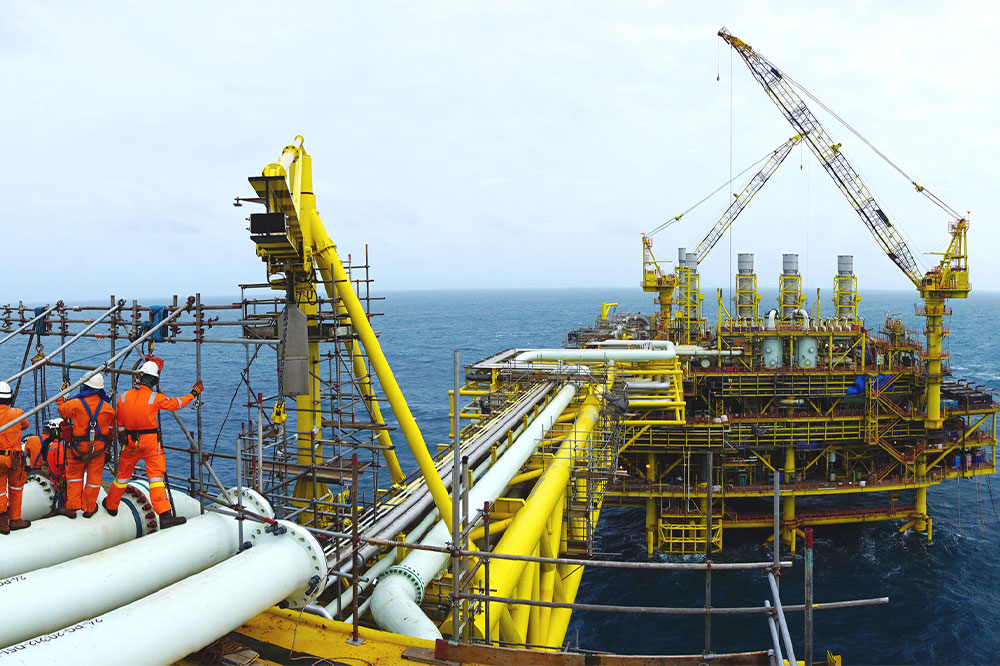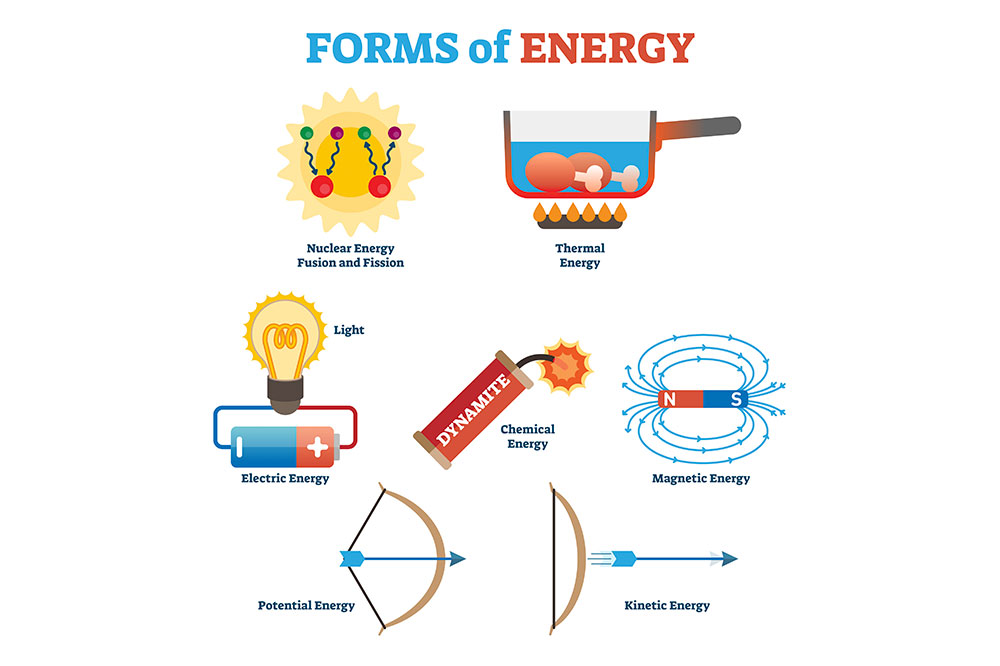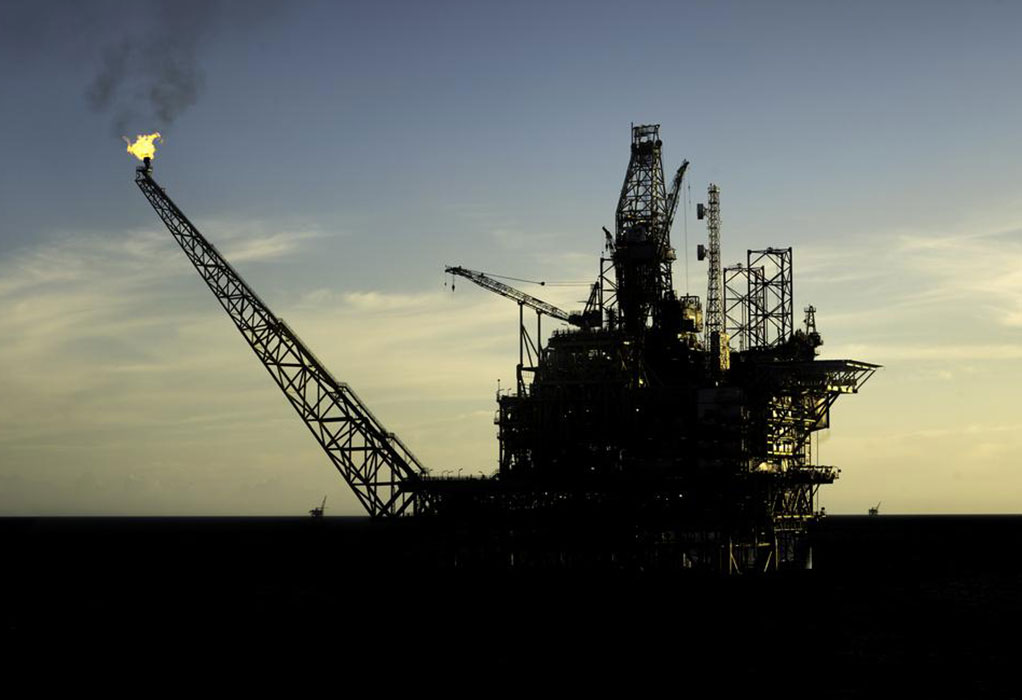In-Depth Analysis of the Global Oil and Gas Industry: Key Insights and Trends
This comprehensive article explores the entire landscape of the global oil and gas industry, detailing its main segments—upstream, midstream, and downstream—along with key processes, measurement standards, reserves classification, and current market trends. It provides valuable insights into the operation, economic significance, and future directions of this vital industry that powers economies worldwide.

An Extensive Exploration of the Global Oil and Gas Sector
The oil and natural gas industries form the foundation of the world’s energy landscape, powering everything from transportation to manufacturing. These resources are essential for sustaining economic growth and development, making them vital components of global markets. With an estimated worth of nearly $5 trillion, the oil and gas industry stands as the most significant sector within the global economy. This comprehensive overview aims to shed light on the complex operations, structure, and current trends within this dynamic industry:
Key Segments and Operations
Upstream Sector – Exploration and Production: The upstream sector is dedicated to discovering, extracting, and developing hydrocarbon resources. This involves extensive geological and seismic surveys to locate oil and natural gas reservoirs beneath the earth's surface or beneath ocean floors. The process begins with detailed land or marine rights negotiations, followed by exploratory drilling to identify viable reserves. Crude oil varies significantly in characteristics, ranging from light, sweet varieties that are easier to refine, to heavier, sour types with higher sulfur content. Similarly, natural gas can be classified as associated or non-associated, with forms such as wet gas containing natural liquids, or dry methane, which is the primary component of natural gas. After confirming the presence of hydrocarbons, companies conduct drilling operations—either onshore or offshore—to access and extract these resources. The upstream segment is highly capital-intensive and involves advanced technology, environmental considerations, and regulatory compliance to ensure efficient and safe operations.
Midstream Sector – Transportation and Storage: This segment acts as the vital link between exploration and refining. It involves the transportation, storage, and marketing of crude oil and natural gas. Pipelines are the primary means of transport in many regions, allowing continuous movement from production sites to refining facilities. Other methods include shipping via tankers for international transportation and trucking for regional distribution. Storage facilities such as underground salt caverns, tanks, and terminals are essential for balancing supply and demand, managing inventories, and ensuring reliable delivery. Effective midstream logistics are crucial for minimizing losses and maintaining the integrity of these valuable resources.
Downstream Sector – Refining, Marketing, and Distribution: The downstream sector encompasses refining crude oil into finished products, including gasoline, diesel, jet fuel, kerosene, LPG, and specialized petrochemicals. This segment is responsible for converting raw hydrocarbons into consumer-ready fuels and chemicals that power industries, transportation, and households. Refining involves complex chemical processes to produce various grades of fuels suitable for different engines and applications. Post-refinement, these products are distributed through a vast network of retail outlets, wholesale suppliers, and export channels. The downstream industry also includes sales, marketing, and customer service, ensuring products reach end-users efficiently. Additionally, companies in this segment provide maintenance services such as well servicing, repairs, and upgrading to sustain operational efficiency across the extraction and processing chain.
Industry players often operate across multiple segments in integrated models, aiming to streamline operations, reduce costs, and enhance market competitiveness.
Fuel Composition and the Science of Hydrocarbons
The core of the oil and gas industry revolves around hydrocarbons—organic compounds derived from the remains of ancient plants and animals that settled in sedimentary rocks millions of years ago. These hydrocarbons are formed through complex chemical reactions under specific temperature and pressure conditions deep within the Earth. Once created, they are trapped beneath impermeable layers called cap rocks, creating underground reservoirs that can be accessed via drilled wells. The chemical makeup of these hydrocarbons determines their properties and how they are processed into useful fuels.
Global Measurement Standards and Reserves Classification
Oil production and reserves are quantified using standardized units to ensure consistency in reporting and comparison. Oil is measured in barrels (bbl), with one barrel equaling 42 gallons. Production rates are expressed in barrels per day or quarterly totals. Natural gas is measured using volume units such as cubic feet, with metrics like MMcf (million cubic feet), Bcf (billion cubic feet), and Tcf (trillion cubic feet). Reserves—the estimated quantities of hydrocarbons that are yet to be extracted—are classified based on certainty levels. Proven reserves have at least a 90% probability of being recoverable with current technology and market conditions. Probable reserves have a 50% chance, while possible reserves are assigned a 10% probability. These classifications guide exploration priorities, investment decisions, and resource management strategies.
Current Global and Domestic Market Dynamics
The global oil and gas industry continues to evolve amid fluctuating prices, geopolitical tensions, and environmental policies. Domestic producers, especially in energy-rich countries, have achieved a high degree of self-sufficiency through extensive drilling, refining, and export activities. For instance, the United States ranks among the top crude oil producers, supported by thousands of active wells and a robust refining network. Some key players in the international arena include Saudi Arabia, China, Canada, and Russia, each contributing significantly to global supplies. Rising energy demand from developing economies, coupled with concerns over climate change, is prompting a shift toward more sustainable extraction and usage practices. Natural gas is gaining increased attention as a transitional fuel owing to its comparatively lower emissions compared to coal and oil. Investment in renewable energy sources complements these trends, aiming for a diversified and sustainable energy future.




